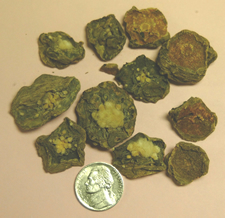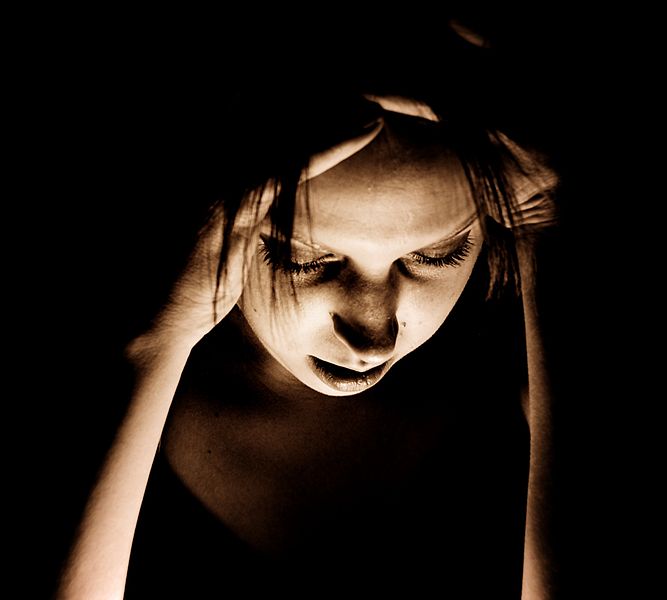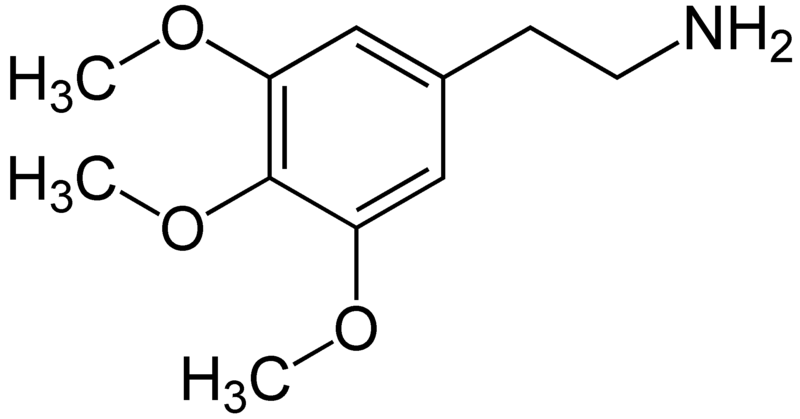Medicinal Properties
Because of its healing properties, peyote has long
been recognized by Native Americans as a medicinal
plant. Traditionally peyote was often used as
analgesic, treating things including toothaches,
rheumatism, asthma, and even cold symptoms. Some
tribes, such as The Tarahumara, commonly used
masticated peyote as a topical treatment to bites,
burns, wounds, and aching muscles.
Even today, it has been used to treat a wide range
of medical problems. In some cases, Lophophora
willamsii has been prescribed by mental health
professionals as a treatment of neurasthenia. It
works well to improve the symptoms of anxiety,
headache, fatigue, and depressed mood associated
with this condition.


Various alkaloids are
present in Lophophora williamsi. These give
this plant it’s medicinal attributions. A few
examples of these different alkaloids include: anhalonine, pellotine,
lophophorine, and anhalamine. However, the most
abundant is mescaline, which give the user the
greatest effects. Below is a diagram of the chemical
structure of mescaline.

Peyote also contains
peyocactin, which conveniently has antiseptic
and antibiotic features.
Surprisingly, it successfully stops the growth of
certain strains of bacteria that are resistant to
penicillin.
As far as the antiseptic side,
when open wounds are treated with
the plant, a very strong scab forms which closes up
the wound. Many Native Americans swear by it and
often described the healing as being "better than
stitches".
How is peyote consumed, and what is the normal dosage?
350 mg of mescaline is
the normal dosage although clear effects can be felt
from as little as 100 mg. On average a dried button
is around the size quarter and weighs only about 2
grams. For that reason, it usually takes 6-10 of
these buttons to achieve the desired effect.
There are a few methods to take in L.williamsii . Traditionally, the easiest way is to simply eat the fresh or dried buttons. Many people find the taste to be extremely unpleasant and bitter. Because this is too much to handle for some, other methods have been adopted. The dried buttons can be grinded up, put into capsules, and taken in pill form. While this method is still effective, it can take up to 20 capsules to get the appropriate dosage. Other times, the peyote is prepared in a concentrated tea. Again, it will have a bitter taste, but many find it easier to drink a cup of tea in a few gulps rather than eating 10 buttons. Because peyote is harsh on the digestive system it is suggested that one should not eat more than six hours prior to consuming it.
The toxicity of Lophophora williamsii is low. There have not been any reported deaths caused by this drug. One positive thing is that the effects wear off in 10-12 hours, so there is rarely any intervention by medical professionals or lasting effects. However, because everybody’s body reacts differently to this substance, some people experience unpleasant reactions. By taking a look at the chart below, you can see there is an extremely wide range of side effects associated with the consumption of peyote.
Side Effects of
Lophophora williamsii
| Positive | Neutral | Negative |
|
Closed and open eye visuals
Insightful
feelings
Increase in energy
|
Changes in
perception of what
is "reality"
Change in body
temperature
|
Initial nausea
Vomiting
Chest pain (more
common in early
stages)
Fear, paranoia, or
nervousness
Overwhelming
feelings
Confusion and
inability to focus
Panic/anxious
sensations
Scary visions
Insomnia
Loss
of sex drive
|
![]() Note:
Side effects increase with higher dosages
Note:
Side effects increase with higher dosages